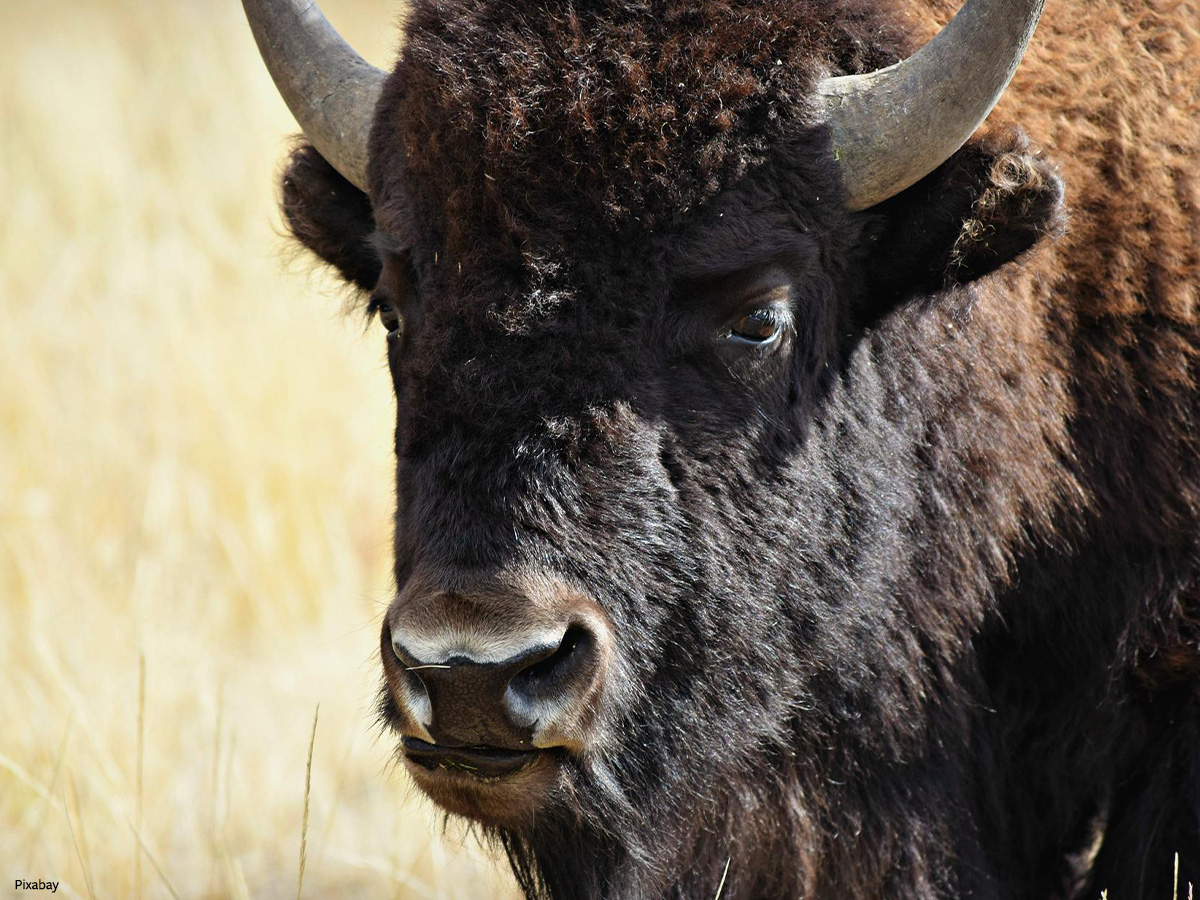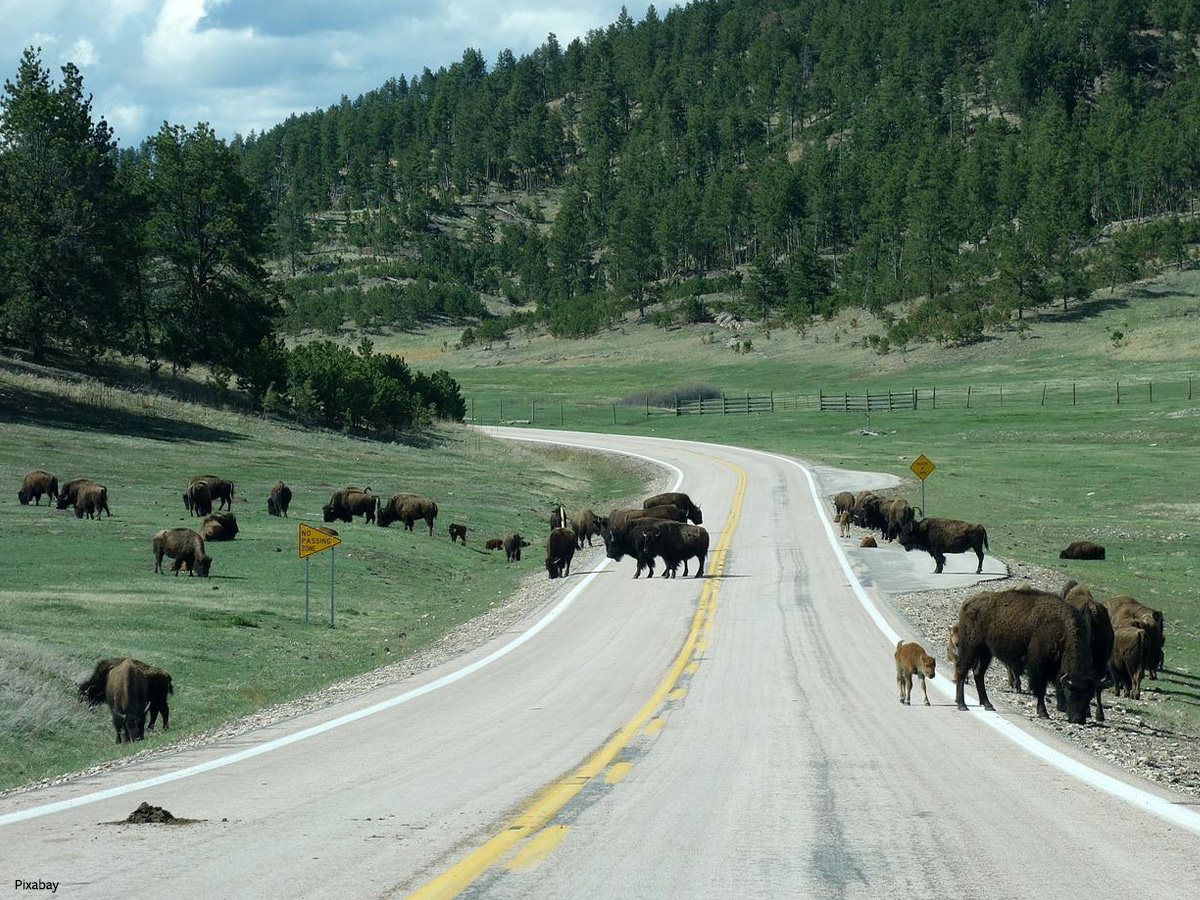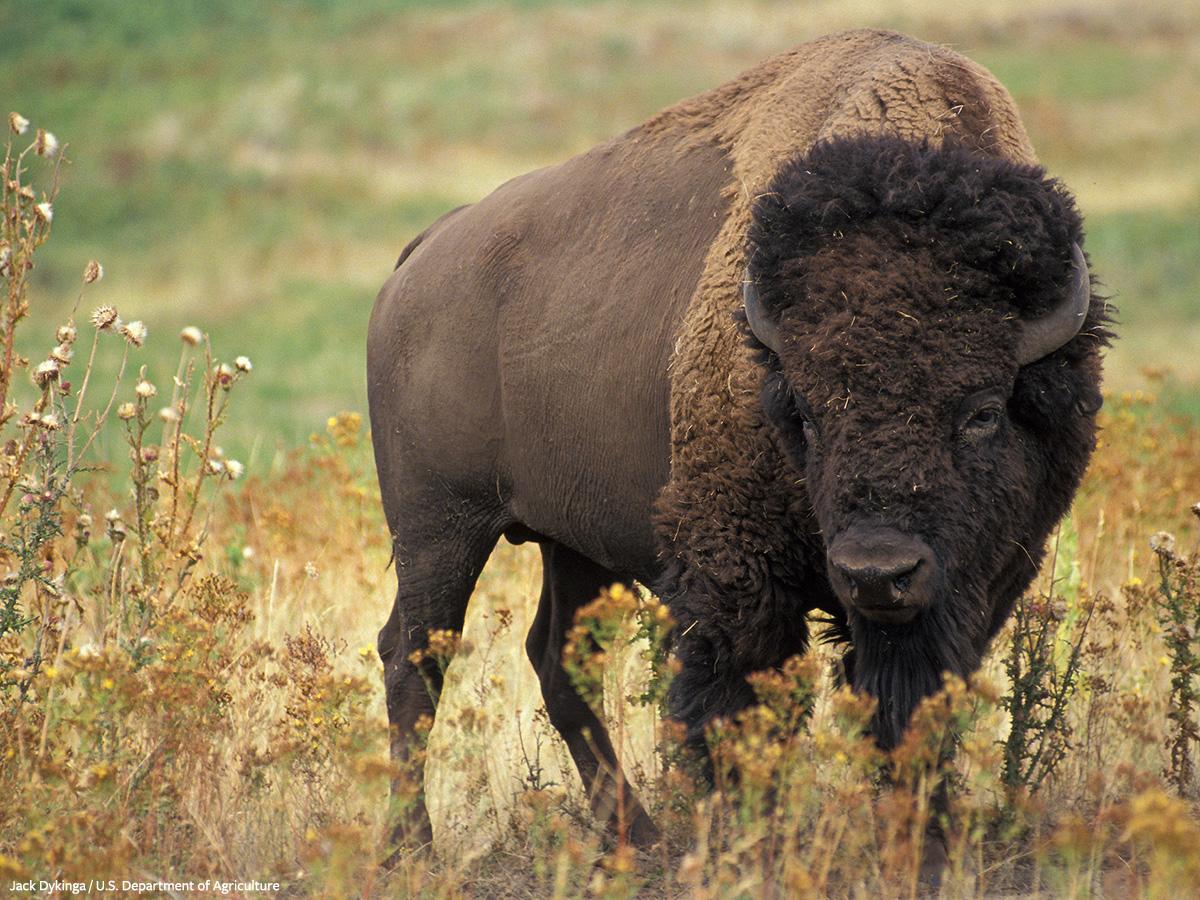America’s Iconic Bison Could be Protected by the Endangered Species Act
Visitors to Yellowstone Park enjoy a unique and wondrous sight, not seen anywhere else in the nation. Thousands of curly-haired horned bison graze on the open plains of Montana and Wyoming just as they have for centuries. Sometimes during the year, they also migrate out of the park and end up where cattle ranchers’ exploited livestock graze. That’s where they get in trouble and where a battle has been raging for decades. The end result of this war is hundreds of dead bison every year. However, there is the chance of a hopeful future in store for these iconic beasts - possible protection under the Endangered Species Act.
Cattle ranchers are a pervasive blight on the planet and use our public lands at only a fraction of the fair market value. They demand that practically all other predatory or grass-eating animals vacate (usually by dying) the land that these ranchers don’t even own. Additionally, according to the non-profit Buffalo Field Campaign, “There isn’t a single documented case of brucellosis transmission between buffalo and domestic cattle under natural conditions ever,” and yet this disease has been used as an excuse for the wholesale slaughter of bison for years. Generations of vaccinated cattle in Grand Teton National Park, for instance, have been co-mingling with brucellosis-exposed buffalo for decades, and there has been no transmission between species.

Bulls are most often the targets of roundups and slaughter. This is a double tragedy. It robs the species of the most virile and healthy members of the herd who should be contributing to the next generation of bison. It is also an especially needless killing as bulls are proven to have developed immunity to being infected with brucellosis. In addition, there are actually very few cattle in the area where bison graze.
The Wyoming Department of Fish & Game and cattle ranchers continue to insist without any basis in fact that there is a risk to cattle, so the battle continues. However, good news is on the horizon. As of June 2022, the U.S. Fish & Wildlife Service is finally questioning the validity of these claims. It has now stepped in and authorized a year-long analysis of the science and will judge whether to list Yellowstone’s bison under the protective umbrella of the Endangered Species Act.

This is a major step forward for bison. A team of wildlife scientists is tasked with determining if inhumane trapping, killing, as well as severe restrictions on the bison’s range and access to winter habitat constitute undue threats to the bison’s continued existence.
If, at the end of the year, science weighs in favor of the bison, not only is the bison’s survival ensured, but as the Buffalo Field Campaign says, “Giving wild bison free range would create cascading benefits throughout the Yellowstone ecosystem, would help mitigate climate impacts, and would revitalize traditional tribal culture.” Additionally, it would instill new life into the words of the old cowboy song that says, “Oh, give me a home where the buffalo roam, where the deer and the antelope play…”
While we wait for news about whether the Endangered Species Act will safeguard the future of one of America’s wild heritage species, here are some fun facts about the legendary bison.
- Bison are big. Males grow up to six feet tall and weigh 2,000 pounds. Females weigh 1,000 pounds and are a little shorter at 5 feet.
- Bison are fast on their feet. They can run up to 40 miles per hour, so it’s best to stay a good distance away. At a second’s notice, they can charge.
- Bison coats are incredibly warm. Their furry coverings are so dense and packed with layers of insulation; they even keep snow on the surface without melting.
- Bison babies are red. When they get older, their coats turn to a rich deep mahogany brown.
- Bison sound like trucks. Those are the sounds their various grunts, growls, bellows, and snorts have been compared to.
- Bison males and females both have horns. They start to grow at about two years old.
While you’re enjoying these fun facts about bison, please ask Patagonia to stop heartlessly murdering bison for shoes and jerky.


